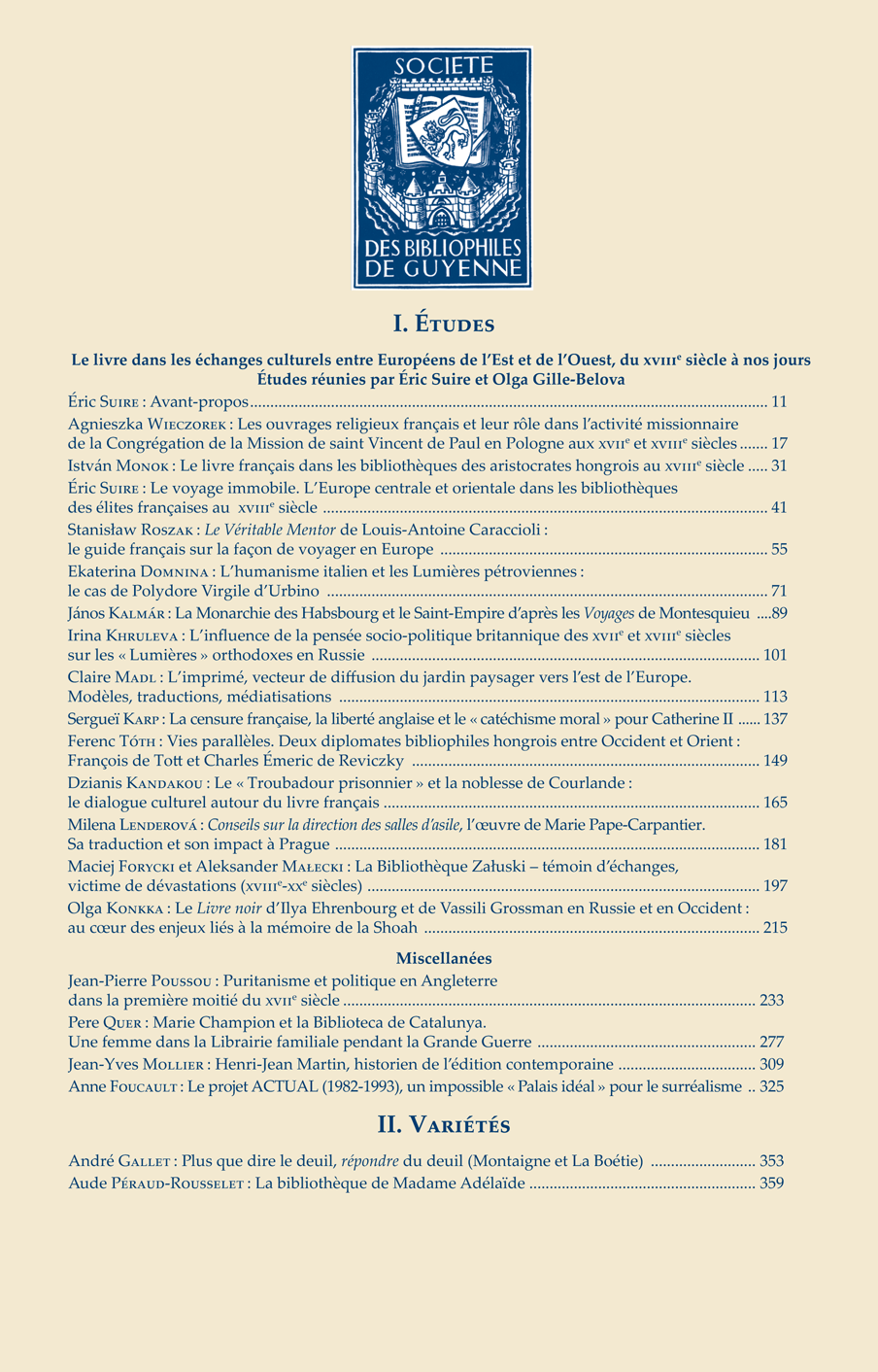Puritanisme et politique en Angleterre dans la première moitié du XVIIe siècle
Abstract
The term puritan does not only designate an attitude or behaviour ; it derives from a historical setting, and an important requisite of the will of English protestants in the second half of the 16th century and the first half of the 17th : that the Church, “established” by Elizabeth 1st, becomes truly Calvinist. In addition, Puritans want everybody to observe a moral discipline using the example set by “saints”. Neither the Queen nor her successor James I, shared these ideas ; relations were therefore difficult and became confrontational from 1625 during the reign of Charles I, a supporter of Arminianism, a branch of Protestantism which respects ecclesiastical hierarchy, rejecting predestination. Until 1640, the King and Laud, the Archbishop of Canterbury had silenced the puritans but the errors of their religious policy with Scotland forced the King in 1640 to call together both parliaments. The parliament summoned on the 3rd November 1640 was under puritan control. It deprived the King of his powers and carried out a revolution which lead to a civil war. The parliamentary camp, of which the Puritans constituted the principle force, particularly within its military strength, prevailed. But once in power and the king executed (January 1649) they could not agree upon new religious structures and founding a new regime. At the same time, the disappearance of the censorship in 1640 and the collapse of the role of the Church of England allowed the proliferation of sects to which many Puritans adhered. This is how reformers of the Church became advocates of new churches. The victory of the Puritans had therefore resulted in them becoming dissidents.
How to Cite
More Citation Formats
Most read articles by the same author(s)
- Antoine Lebègue, Jean-Pierre Poussou, Bernard Lachaise, Jean-Claude Drouin (1937-2019), Revue française d'histoire du livre: Vol. 140 (2019): Varia
